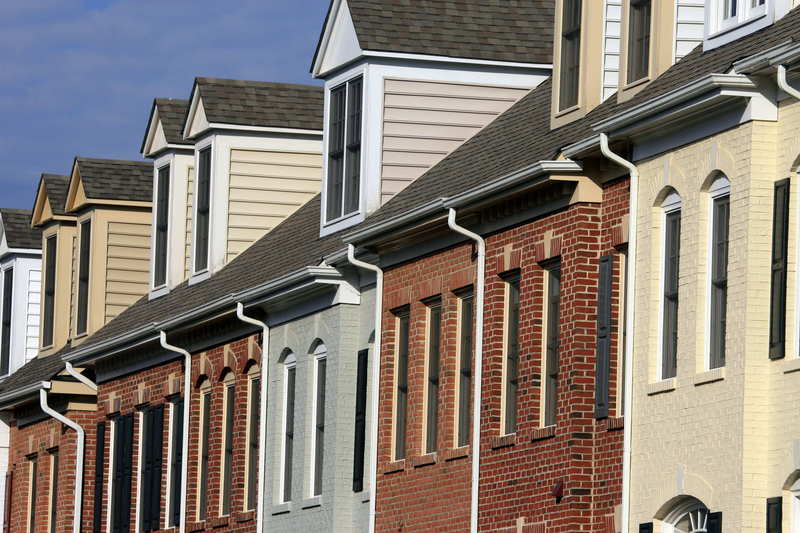Code Green Solutions


Passive House is a widely used building certification program focusing primarily on residential energy efficiency. The vast majority of these projects are in Germany, though a handful of Passive House projects have been certified in the United States (with additional projects certified under the Passive House Institute US standard). A paper by Erwin Mlecnik, TU Delft, Netherlands, “Improving passive house certification: recommendations based on end-user experiences” assesses the opportunities to meet end-user comfort expectations by improving the passive house certification system. Soliciting information via end-user surveys, interviews and on-site visits would contribute to improving passive house certification from an occupant comfort perspective.
Current passive house certification systems focus mainly on achieving the heating demand of 15 kWh/m^2 or less annually by incorporating excellent insulation, airtightness, thermal bridge free design, cooling free and mechanical ventilation free design.
The study is based on data collected from 51 certified single-family passive house projects in Flanders, Belgium certified between years 2002 – 2010. The main identified issues experienced by occupants include:
A very specific example of how understanding end-user concerns can inform future projects is described in the paper: In this example, one set of surveyed homeowners regularly chose to shut down their ventilation system at night due to noise. An option to provide adequate air quality would be to keep the bedroom windows opened, but the occupant of one room in this case is a child, who is simply afraid of leaving the window opened over night. With the windows in that room being closed and ventilation systems being offline, the child suffers from poor air quality. Such conditions can be avoided by simply installing ventilation equipment with appropriate noise reduction features and/or incorporating noise insulation into design. Since such occurrences are not easily predictable it is important to learn from occupant surveys in order to avoid such failures in the future.
Authors of this paper suggest that Passive house certification can increase its market potential by addressing a number of end-user concerns. The main possible improvements of passive house certification identified include: